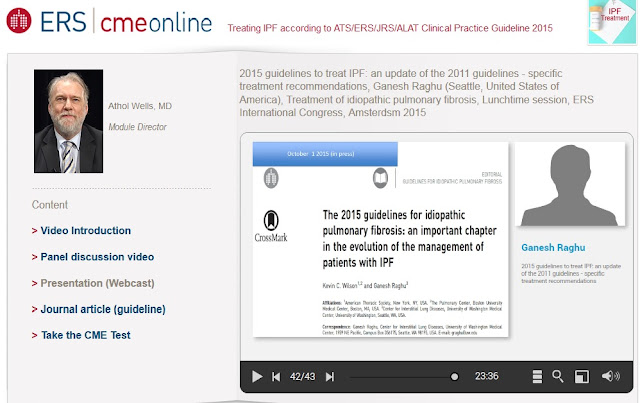Smoke-free
law enforcement is one of the major priorities on the Romanian Society of
Pulmonology agenda.
Our
mission is to have a comprehensive smoke-free law, which can not only
be accepted but also be applied and monitored. Furthermore, we need
educational packages, higher taxes on tobacco and high-impact
pictograms, in order to drastically reduce tobacco consumption among
Romanians.
The
Romanian Society of Pulmonology, an organisation that has been involved
for several years in the implementation of a smoke-free law, brought
together important opinion leaders in the field of pulmonology and
cardiology, public health professionals, authorities, social life
representatives and journalists, in order to introduce a mutual goal: an
accurate and more effective communication of topics regarding smoking
in Romania.
The Romanian Society of Pulmonology’s steps
for implementing legislation that prohibits smoking in public places,
as well as for reducing the number of smokers, represent actions
intended to align Romania to global health policy. Since last year, the
action plan was founded on a solid partnership between the Romanian
Society of Pulmonology and the Romanian Society of Cardiology.
The
implementation of smoke-free law and the attempt to change social
behaviour are slow and difficult, therefore the initiative requires
partnerships. The cardiologists who attended the meeting highlighted the
importance of partnerships between medical societies involved in
combating smoking, in order to have a deeper impact at the social level.
These
actions are all the more pressing since the risk of myocardial
infarction in young smokers is high in Romania. Another important topic
the experts approached was education as an important element in terms of
raising awareness regarding the risks of smoking.
The
representatives of the authorities admitted that, unfortunately,
Romania is the only country in the European Union which has not adopted
legislation to ban smoking in enclosed public places, emphasising that
Romania should reach the European standards. However, there is an
optimistic attitude regarding the adoption of smoke-free law and the
hope that the lawmakers will reach a consensus in applying the law,
which will also bring a beneficial change at the community level.
The
civil society representatives argued that the implementation of the
smoke-free law protects the rights of non-smokers and helps them to
enjoy the fresh air in public spaces. They also pointed out the long
term repercussions that tobacco consumption has on the economy. If we do
a cost-benefit analysis, it would show that, if there is not a
responsible intervention the costs associated with hospitalisation,
workplace absenteeism, loss of productivity etc., will grow.
In
terms of trying to change the behaviour of smokers, specialists rely
heavily on reverse psychology, communication more about the positive
effects of quitting smoking and less on the negative effects of nicotine
addiction. The impact of the meeting was positive in terms of media
representation. The event had a good coverage on Romanian TV channels,
radio and online media.

















